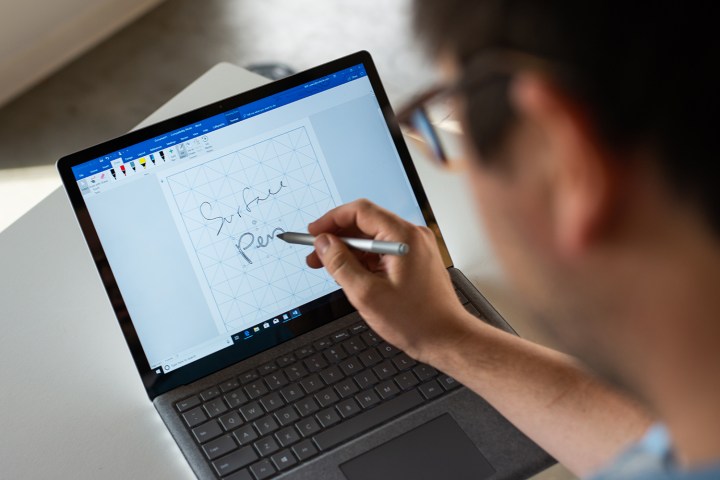
Microsoft officially announced the next version of Windows 10 as the May 2019 Update on Thursday, April 4. Previously rumored to be rolling out this month, Microsoft will now release the update a month later in May. The company will also make changes to the rollout process so that consumers can decide if they want to install the update to their devices once it is made available.
According to Microsoft, the changes come based on feedback from Windows users who have previously expressed that the Windows update process is disruptive. As a result, starting with the May 2019 Update, Windows users will have the full-on choice of choosing to initiate the install of any major Windows 10 featured updates. Notifications will still be provided that a major update is available — and that it is recommended — but users will no longer be forced to install.
Only if the version of Windows 10 running on a device is close to no longer being supported will a major Windows 10 update automatically be pushed out and downloaded. Another change will also allow Windows 10 Home and Pro users to pause featured and monthly updates for up to 35 days. That also ties in with enhancements to the Windows 10 intelligent active hours feature, which will now allow Windows Update to intelligently adjust install times so it won’t disrupt your workflow.
Following issues with the rollout of the previous Windows 10 April 2018 Update, Microsoft will put the May 2019 Update through additional testing to ensure it is bug-free. The company also will test the update for a longer period of time with Windows Insider beta testers who are enrolled in the “release preview” ring. These beta testers will be able to download the update next week, followed by a rollout to the general public in late May.
Though it is not a massive overhaul, the Windows 10 May 2019 Update brings several changes to tweak the operating system to make it feel a bit fresher. Some of the biggest new elements include a light theme, changes to the search experience and Cortana, as well as the addition of Kaomoji in the emoji picker. We have a hands-on guide to the update right here.

